“Ginger Snaps” sunk its teeth into female autonomy and burgeoning sexuality twenty years ago — and left a lasting impression on feminist horror.
John Fawcett’s Ginger Snaps was originally released twenty years ago, yet it changed the game for feminist horror movies forever.
While not the first iteration of the sub-genre, Ginger Snaps’ legacy of female empowerment and bodily autonomy, heralded within the confines of a rather traditional werewolf movie, showed women just how powerful they could be, encouraged friendship and sisterhood, and stealthily made something as taboo as menstruation more palatable for male audiences.
Of course, that’s not to say this caused a huge spike in feminism from men. Even now, male audiences are quick to judge anything labeled as “feminist horror”. However, Ginger Snaps gave women something to celebrate fearlessly.
Karen Walton wrote a script for Ginger Snaps, but it wasn’t because she was endeared to the horror genre.
If anything, reports have said that Walton was disenfranchised with becoming attached to a horror project because of the genre’s tendency to display shoddy storytelling, weak female characters, and turned a negative lens on women more often than not. However, she took what she didn’t like about horror — which, at the time, had more male voices in the room than female by a long shot — and made the change she wanted to put out into the world.
Fawcett and Walton created a vision that became hard to stand by in the wake of the Columbine shootings that happened during their early stages of production, when people weren’t thrilled about any movies depicting teen violence. And while Ginger Snaps was slow and steady instead of kicking the door down from day one, it has become one of the most highly regarded cult classics, and has inspired a whole new generation of female filmmakers and talent in years since.
Ginger Snaps’ lead actress, Katharine Isabelle, delivered a flawless performance as Ginger Fitzgerald alongside Emily Perkins as her sister, Brigitte.
One thing that has long been absent from the horror genre — especially in the late ‘90s and early ‘00s, was female empowerment in the absence of a male presence.
At the time, Wes Craven’s Scream and other teen ensemble slashers were all the rage, happening just years before Ginger Snaps’ release. While Sidney Prescott fearlessly followed a long lineage of “final girls” such as Laurie Strode in Halloween and Nancy Thompson in A Nightmare on Elm Street, Ginger Snaps challenged audiences to see women as the hero and the villain all at once.
However, it could be argued that Ginger isn’t a villain so much as she is a person completely in touch of her own power, comfortable in her own skin, and unabashed in her bodily desires. In fact, that notion is what makes the film truly terrifying to those who innately fear what could happen if women embraced their bodies and themselves in a way that didn’t rely on a man to save them.
Horror has never strayed from feminist notions; yet, through movies like Ginger Snaps, female filmmakers were inspired to make their own art using its template of fearless, fully realized, independent female characters that not only flourish a hat tip toward the Bechdel Test, but crush its quantifications into the ground.
Ellen Ripley from Alien hand-waved the archaic notions of what a final girl could — and should — be.
Then Ginger Fitzgerald dared female horror characters to be their own hero and go boldly forward.
She made it ok for them to embrace their feminine wiles and exist, even if others might label them a villain simply for existing. Haters be damned.
Nine years later, Karyn Kusama and Diablo Cody teamed up with Jennifer’s Body, another coming-of-age tale that revolves around two young women. Jennifer (Megan Fox) and Needy (Amanda Seyfried) are childhood best friends who do end up squabbling over a boy, but it’s seen as a secondary plot. Their friendship — like Ginger and Brigitte’s sibling relationship — was the driving force of the film.
Diablo Cody’s pitch-perfect dialogue breathed life into the characters as they warred with sex, high school, and literal demons. Again, strong women were placed at the forefront of a film that suffered from poor marketing to make it seem like a peep show for male audiences. Teaser images of Megan Fox, scantily-clad and playing a “bad girl” role coupled with trailer sequences of her swimming in a lake, nude, and making comments about her bisexuality seemed tailor-made toward a male audience.
But, upon the film’s release, people were quick to realize Jennifer’s Body was anything but, and the film’s rightful acclaim suffered because it was a horror movie that wasn’t made for men.
Horror fans transcend gender; in fact, studies have shown that female and male horror fans are almost a dead-even split.
And that’s only embracing the gender binary. There is a broad audience for LGBTQ horror fans, gender non-conforming fans, non-binary fans, and everyone else who feels like an outcast in need of a champion on the screen. This is why the concept of “feminist horror” is more than just its root word: feminism.
Feminism, at its core, is about championing an underserved, marginalized group of people, then giving those individuals power and a voice.
In 2007, two years before Jennifer’s Body came out, the topic of female sexuality came to a full, viscerally wicked force with Teeth. In many ways, this film not only built off the concept of female sexuality brought forth by Ginger Snaps, but was a direct commentary on the prominence of the “rape/revenge” and exploitation films of the 1970s and 1980s.
Some do consider these films, which include Wes Craven’s classic, Last House on the Left, to have notes of female empowerment, as the revenge part of the film is usually played to exquisitely violent extremes. However, the exploitation value of them — the unwavering ‘male gaze’ — is present in every frame. And these films don’t celebrate a woman’s triumphant victory over her male oppressors as much as they celebrate her subjugation — allowing her only a small reprieve from her suffering, with wounds that never truly heal.
Teeth showed men the consequences of these actions.
In the film, Dawn (Jess Weixler) learns about her rare condition: vagina dentata, which protects her from rape. While the film is marketed as a horror-comedy, the lesson is clear. Jess’ deployment of a strong offense as her defense — as her dentata seems to know, instinctive, when she is unable to consent even on a subconscious level — empowers women to trust their instincts and listen to their bodies’ needs.
In 2014, A Girl Walks Home Alone At Night brought director Ana Lily Amirpour’s vision of a vigilante, female vampire who preys on disrespectful men and works to crush the patriarchy by existing in her own world. The Girl (Sheila Vand) is a fiercely feminist enigma; she knows exactly who she is and defies stereotypes while working to bring the patriarchy to its knees.
In 2015, Robert Eggers’ turned his back on Puritanical views and led audiences to the joys of witchcraft and the allure of the Devil. He staged it all within the story of a young woman, Thomasin (Anya Joy-Taylor), who is coming into her own.
The final sequences of The Witch are truly chilling, and not just because of the film’s reveal. Rather, it’s the notion that “living deliciously” is tantamount to fulfilling one’s truest, darkest desires, and for women, this isn’t always something that’s been celebrated. Some might even argue it’s left up for audience interpretation as to whether Thomasin went off to live her best life, or if she simply succumbed to wickedness.
How you interpret the ending likely depends a great deal on how you regard the issue of women’s rights and autonomy.
The next year, following the release of the The Witch, Director Julia Ducournau brought audiences Raw.
This film carried Ginger Snaps’ spirit through its main character, Justine (Garance Marillier), who discovers her strict vegetarian diet lessens under her increasing hunger for raw meat — and, eventually, human flesh. While the cannibal movie is stomach-churning, it is also beautiful to see a young woman’s journey of self-discovery through the brutal lens of a horror film. Ducournau’s story never ceases in delivering emotional and visceral sucker-punches to its audience.
Cannibalism is another interpretation of the full deference to one’s most base desires; as Justine stops fighting who she is, she’s free. Justine’s discoveries about her new appetite are direct nods to her sexuality, her discovery of self and her journey.
Like Ginger’s metamorphosis, Justine’s transformation is brutal, violent, and completely unabashed in its inherent feminism and self-awareness.
Raw, as well as all the movies explored here, addresses unique themes of feminism, what it means to be a woman, and the journey of discovering one’s own self. It transcends gender. It’s about power, coming into one’s own power, and celebrating the experiences that make us unique and different.


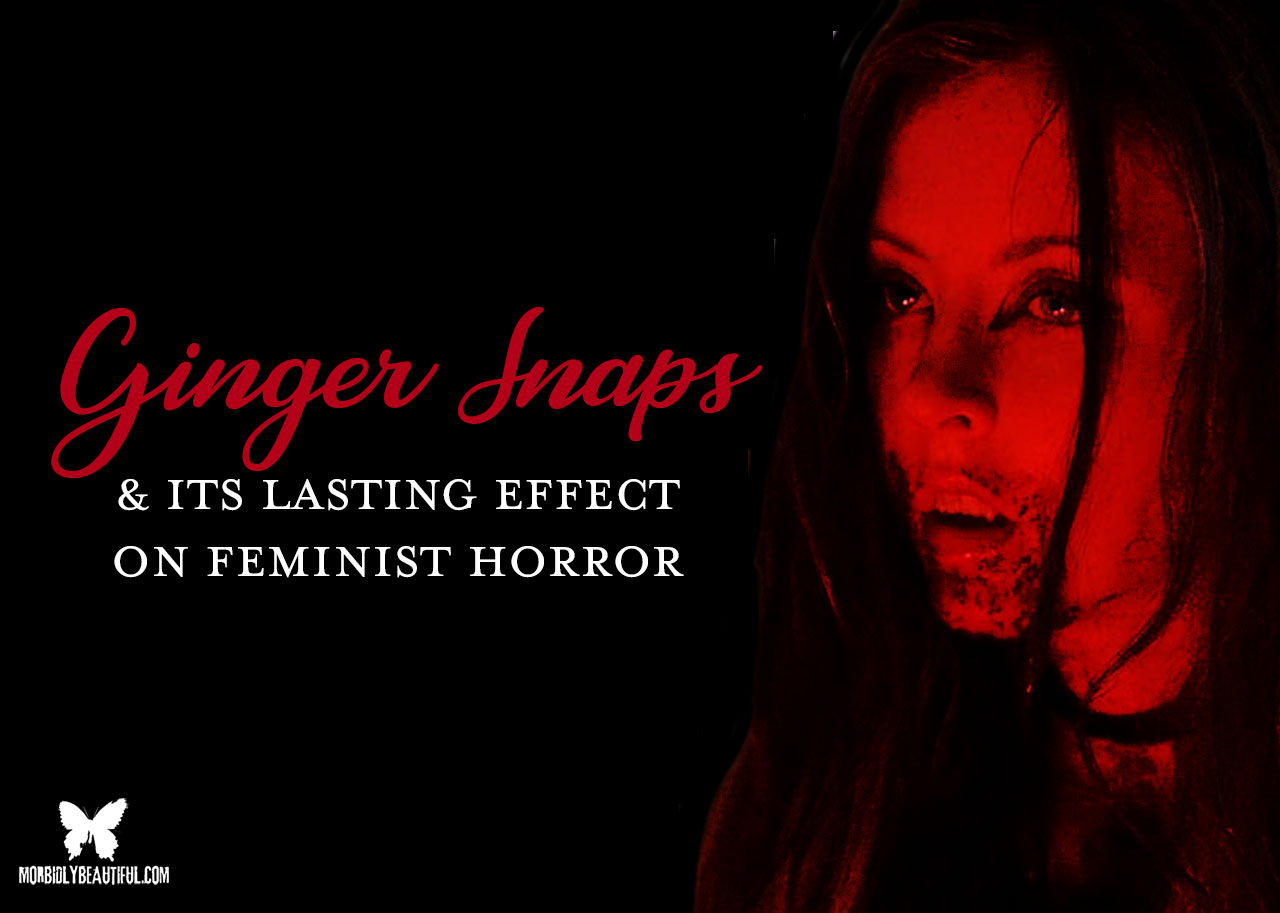
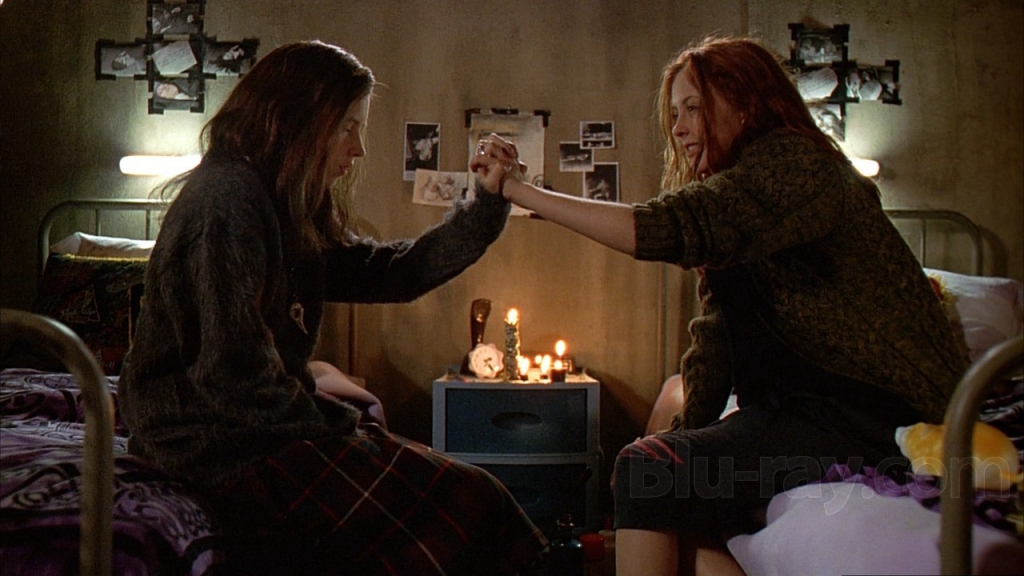


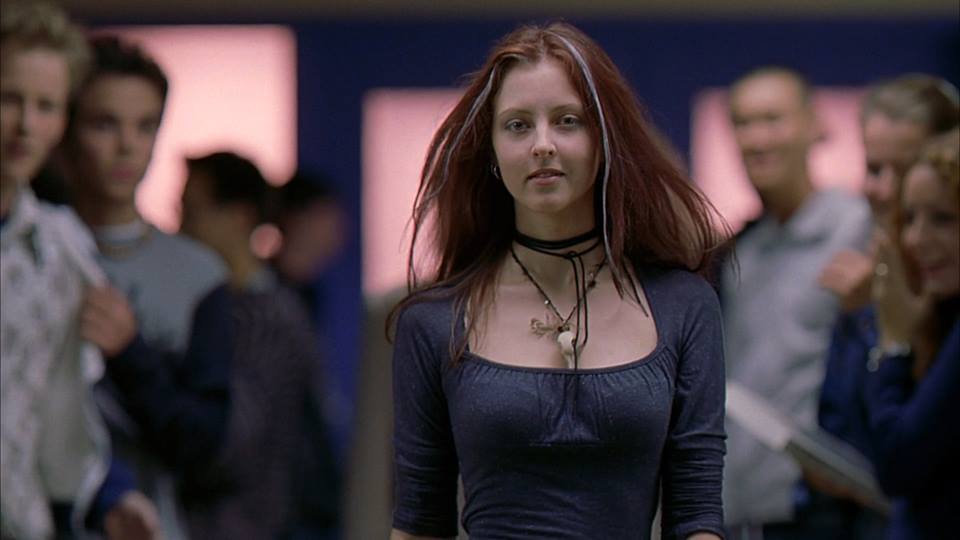
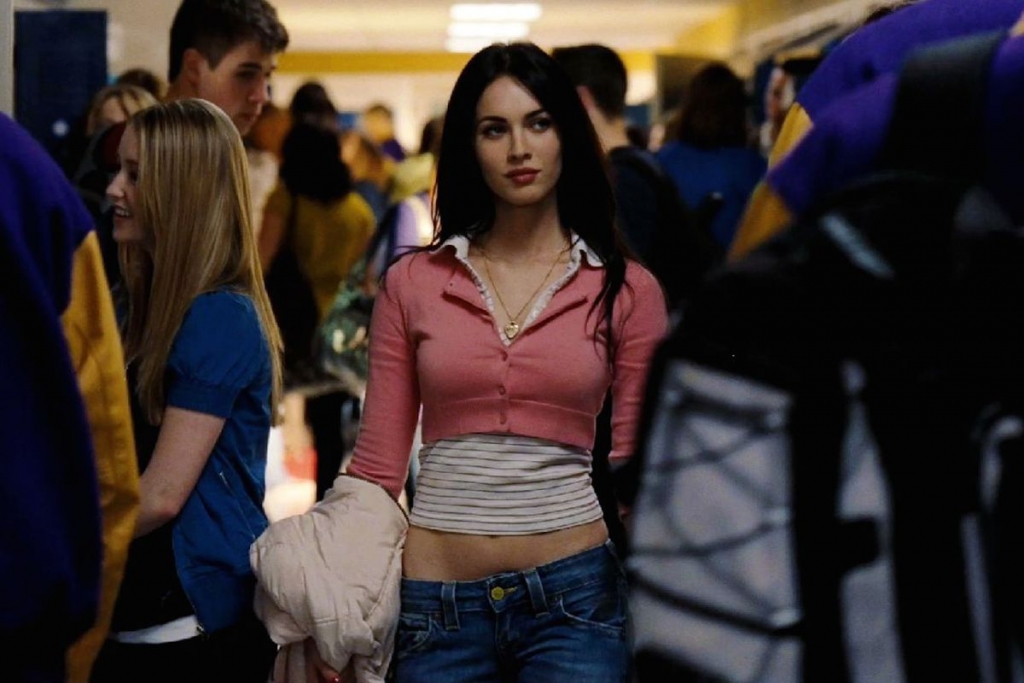
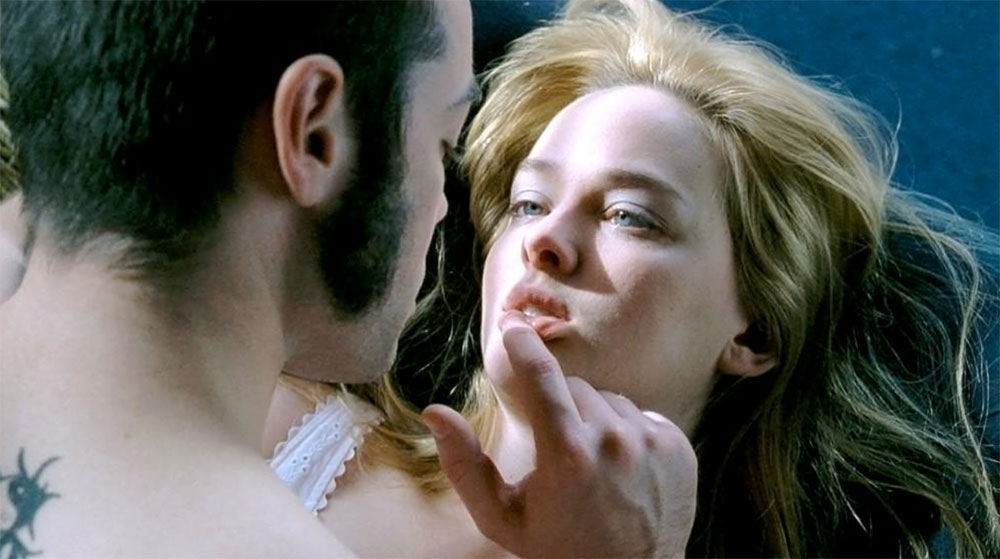
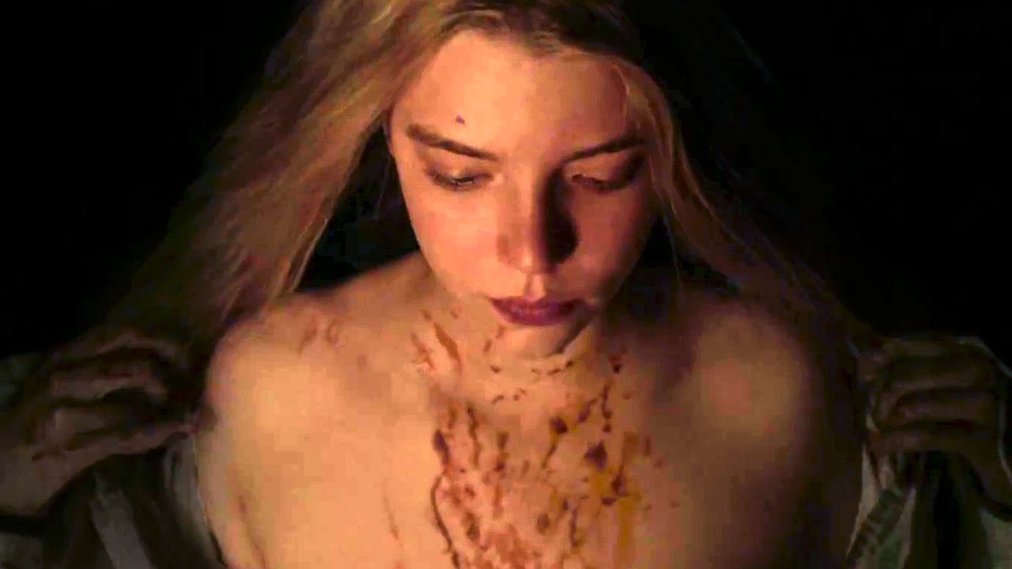
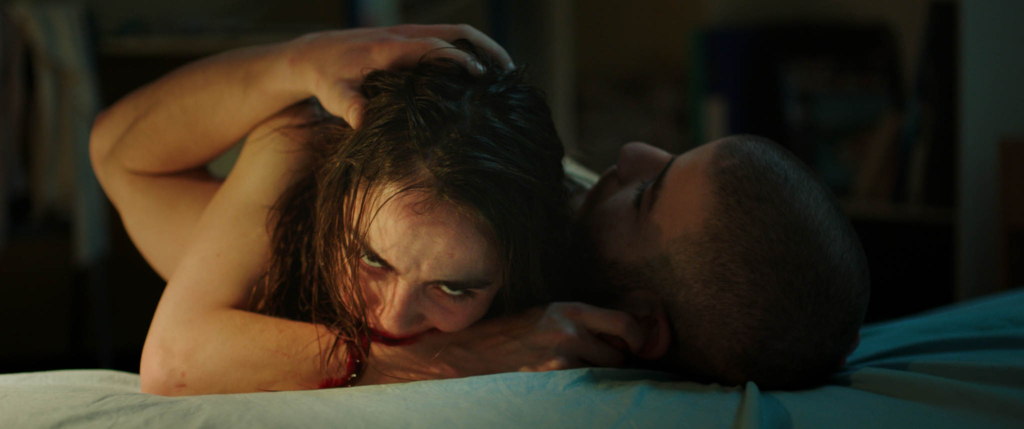

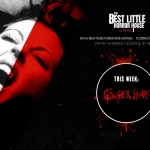














2 Comments
2 Records